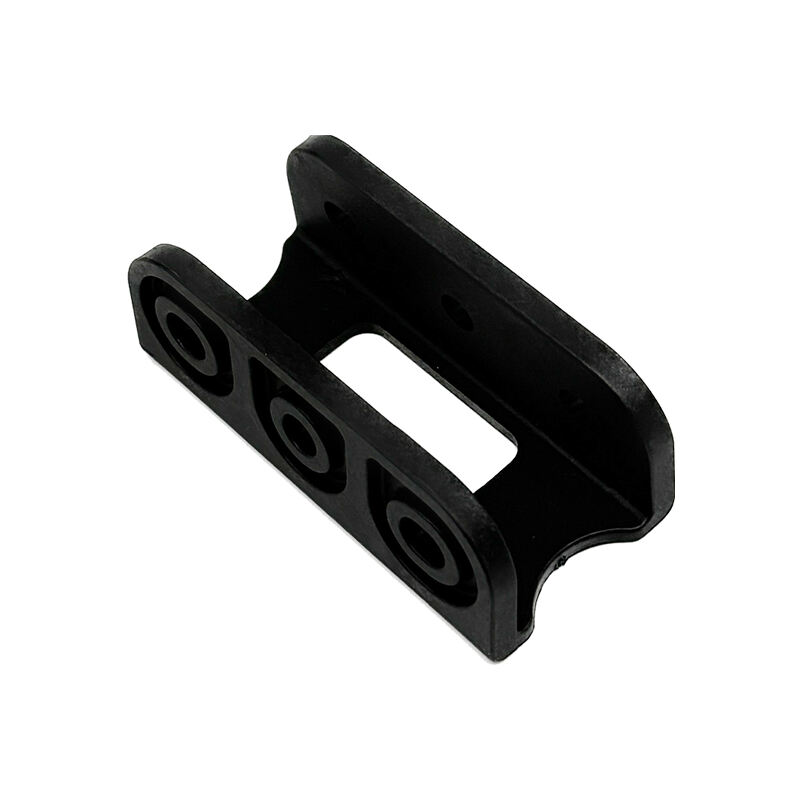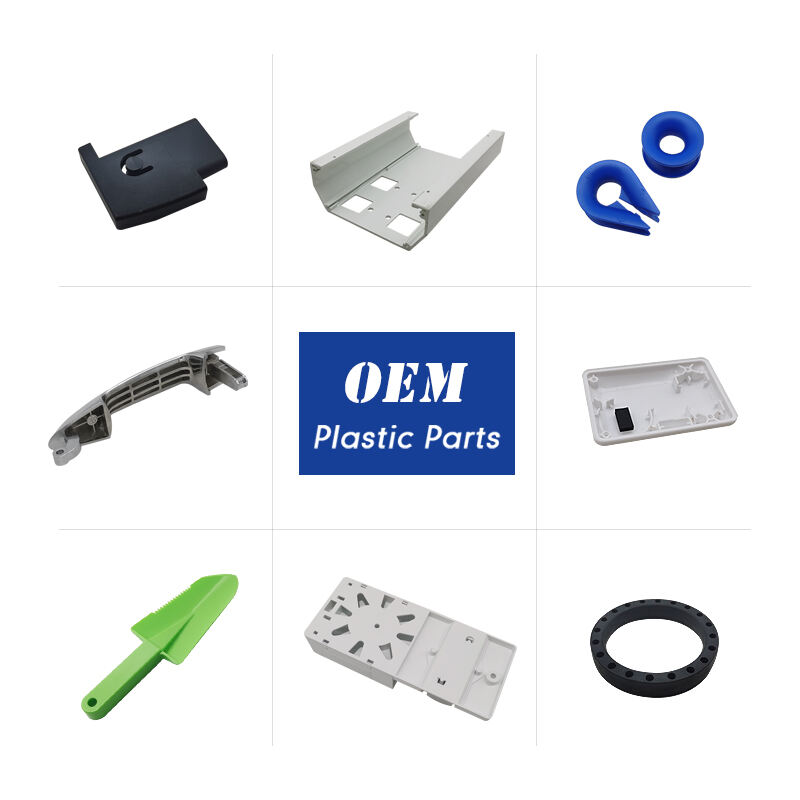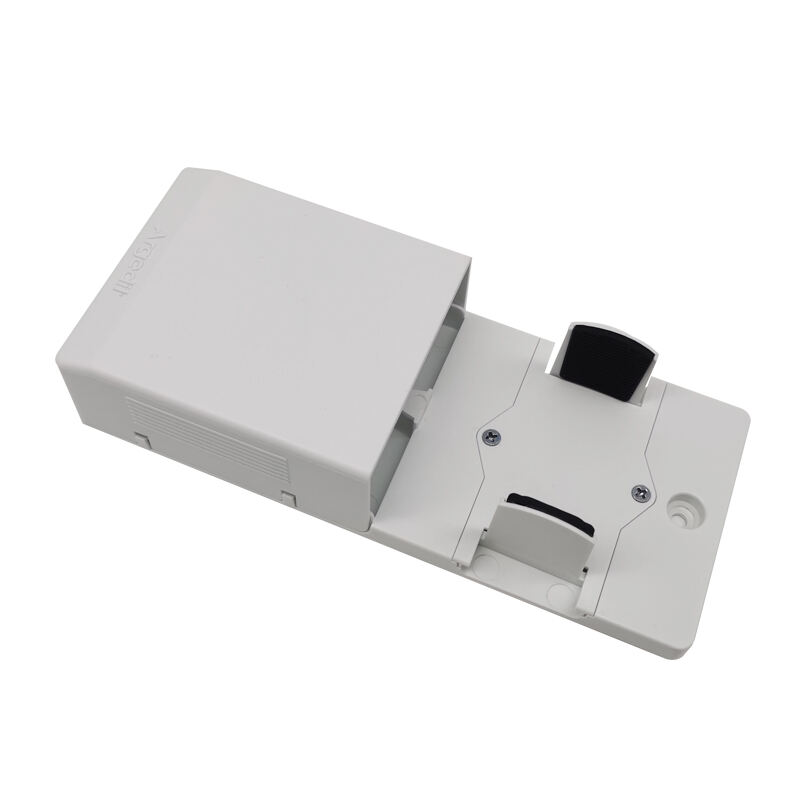plastic injection parts
Plastic injection parts represent a cornerstone of modern manufacturing, offering precise, cost-effective solutions for producing complex components. These parts are created through an advanced manufacturing process where molten plastic material is injected into carefully designed molds under high pressure. The process allows for the production of intricate geometries and detailed features that would be difficult or impossible to achieve through other manufacturing methods. The versatility of plastic injection parts extends across numerous industries, from automotive and electronics to medical devices and consumer goods. The technology enables manufacturers to produce components with consistent quality, excellent surface finish, and tight tolerances. These parts can be manufactured using a wide range of thermoplastic and thermosetting polymers, each selected based on specific application requirements such as mechanical strength, chemical resistance, thermal stability, or electrical properties. The process is highly automated and efficient, capable of producing large volumes of identical parts with minimal waste, making it particularly attractive for mass production scenarios. Additionally, modern injection molding techniques incorporate advanced features such as in-mold decorating, multi-material molding, and gas-assisted injection, further expanding the capabilities and applications of plastic injection parts.


